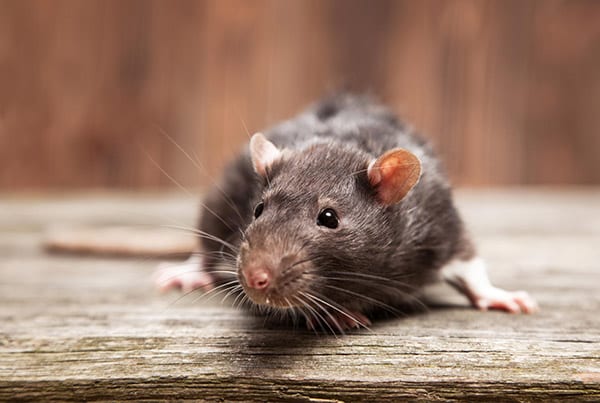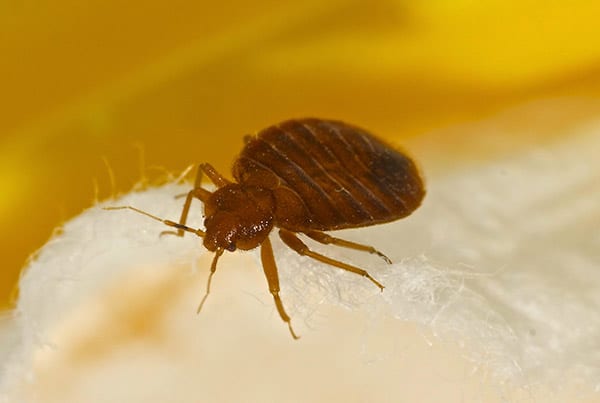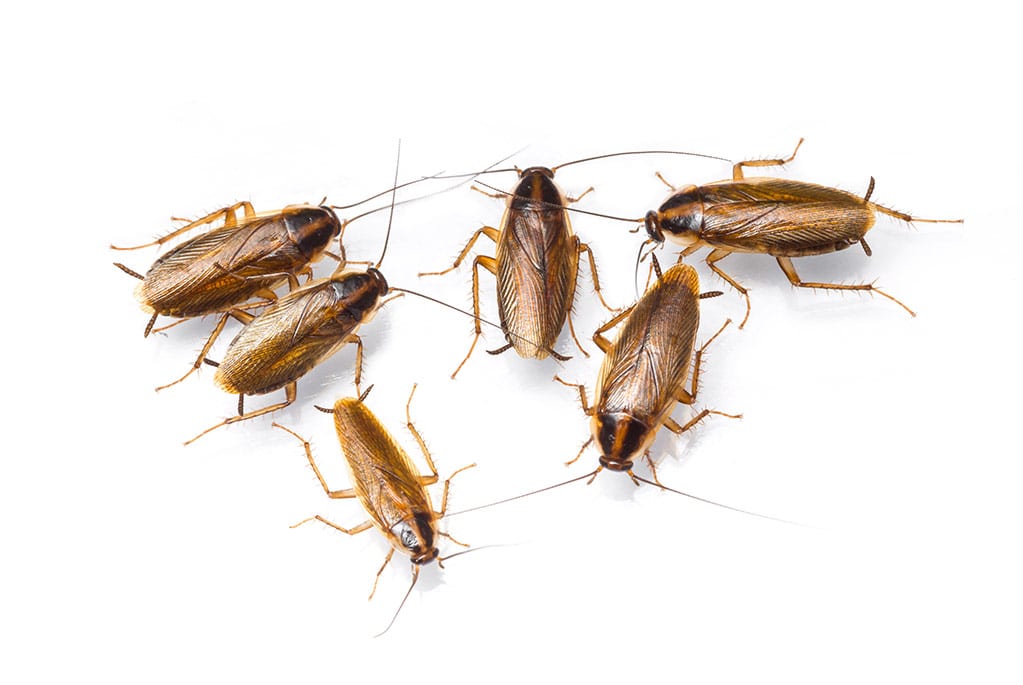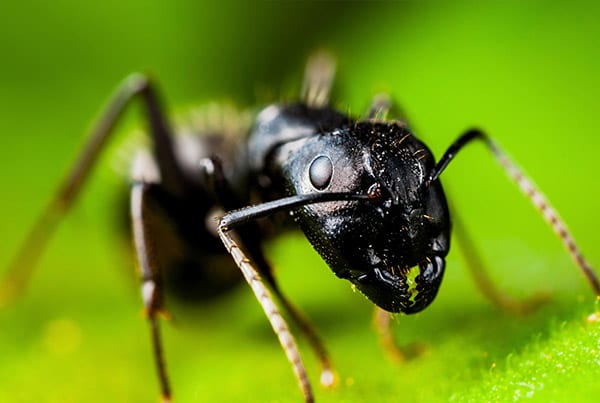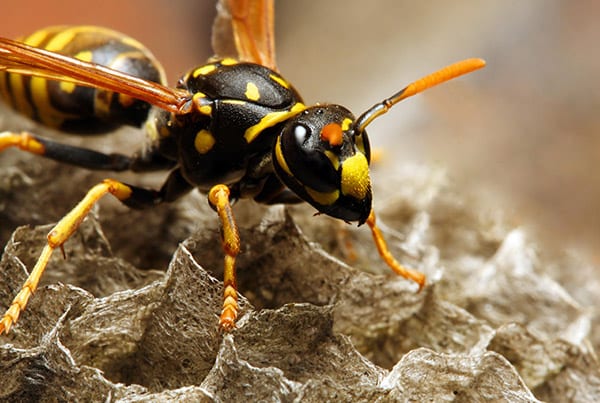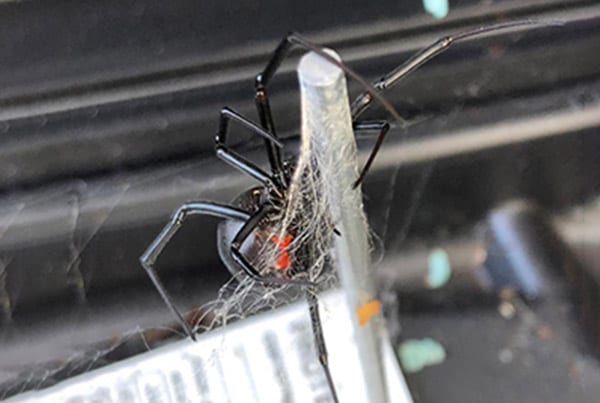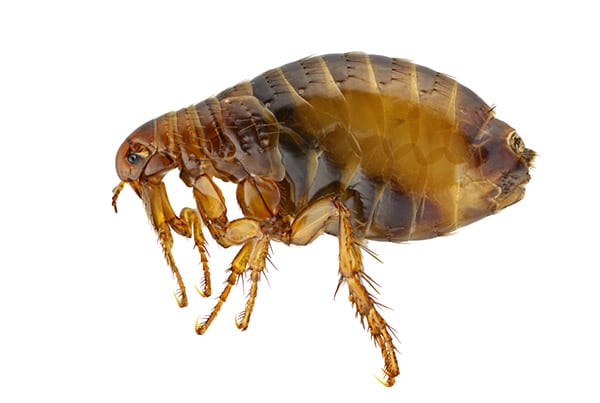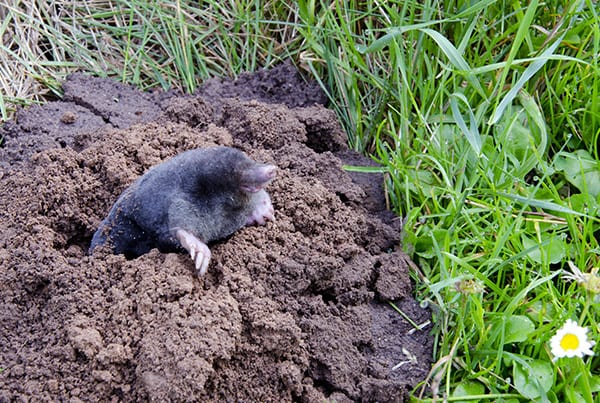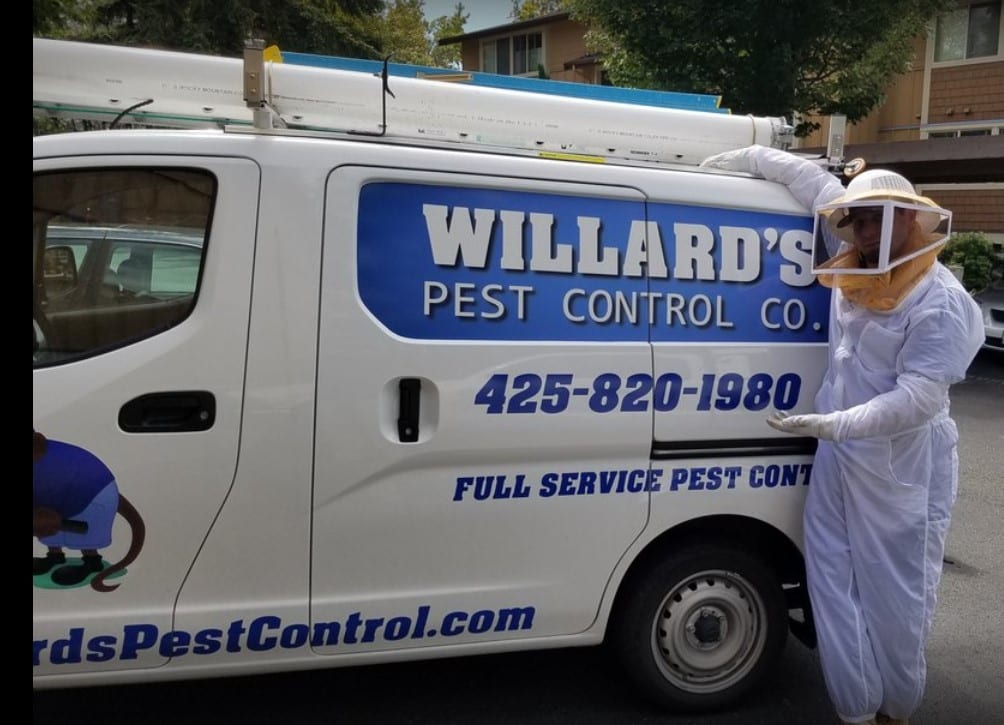RODENTS
The ability of rodents to adapt themselves to almost every environment has made them one of the most successful of all mammals. We continually fight them to protect ourselves, our food, and our property. Rodents are commensal (meaning to share one’s table), and can establish themselves in any area where humans live and work.
BEDBUGS
The common bedbug is the bedbug best adapted to human environments and the one that causes most problems for humans. Once a common health problem that was almost eliminated as such, bedbugs in the last decade have had a successful resurgence. They are increasingly becoming a problem in homes, apartments, condos, hotels, hospitals, college dormitories and cruise ships.
ROACHES
There are several species of cockroaches found in the United States. These include American, German, Oriental, Brownbanded, and Asian roaches. Because German cockroaches account for the vast majority of the cockroach infestations encountered in our homes and businesses in the Northwest, this discussion will focus on them. If information is required on other roach species it can be easily provided.
ANTS
Ants are one of the most successful groups of insects. They exhibit 4 distinct life stages; egg, larvae, pupae and adult. About 700 species of ants occur in the United States, with only about 25 of these commonly infesting homes. In the Pacific Northwest, 5 species are of note: carpenter ants, moisture ants, odorous house ants, pavement ants, and pharaoh ants. The biology and habits of these ants may differ, so proper identification is important for a correct control procedure to be initiated.
BEES
Some insects belonging to this group (Hymenoptera), which include ants, are commonly referred to as stinging insects. Stinging insects are among the most economically important insects due to their pollinating habits. If not for this order of insects, a large portion of the world’s food supply would cease to exist as well as many plants, including flowers. A relatively few species cause problems to man with their stinging habits. The most common pests to man are: Bumblebees, Paper Wasps, Yellow Jackets, Hornets, and occasionally honeybees.
SPIDERS
Spiders are the Great White Shark of the pest kingdom. The unwarranted fear they instill can be attributed to Hollywood type myths and the notoriety of a few harmful species like the Brown Recluse or the Black Widow. In fact, most spiders are extremely beneficial, preying on other insects and often reducing pest populations in our buildings, yards, and gardens. Most spider venom is not harmful to humans. Many cannot pierce human skin with their small weakened fangs; those that do usually result in only a slight itching or irritation of the bite. Spiders do not eat solid foods, but inject a digestive fluid into their prey that dissolves the tissue that the spider can then digest. This is important when comparing the bites of certain spiders.
FLEAS
There are several species of fleas in the United States, but the most common pest species is the cat flea. Fleas are small, dark colored wingless insects only about one-sixteenth of an inch long. Adult flea bodies are narrow from front to back to facilitate moving through the host animal’s fur. This particular adaptation also allows fleas to hide easily in folds of furniture, between floor boards, behind baseboards or even in sub-flooring. This can make control difficult.
MOLES
Moles are not rodents, but relatives of the insectivores (insect eaters) such as shrews and hedgehogs. In their search for food, moles burrow in lawns, meadows, stream banks, and open woodlots, creating elaborate underground tunnels. They feed mainly on earthworms and insect larvae (grubs). Only rarely seen above ground, moles are 4 to 9 inches long, including the tail, with long dark gray or brown fur. Eyes are tiny, like a pinhead, and the tail and feet are usually pink. They have no visible ears. There are seven species of moles in the United States, and some species may be protected by law.

